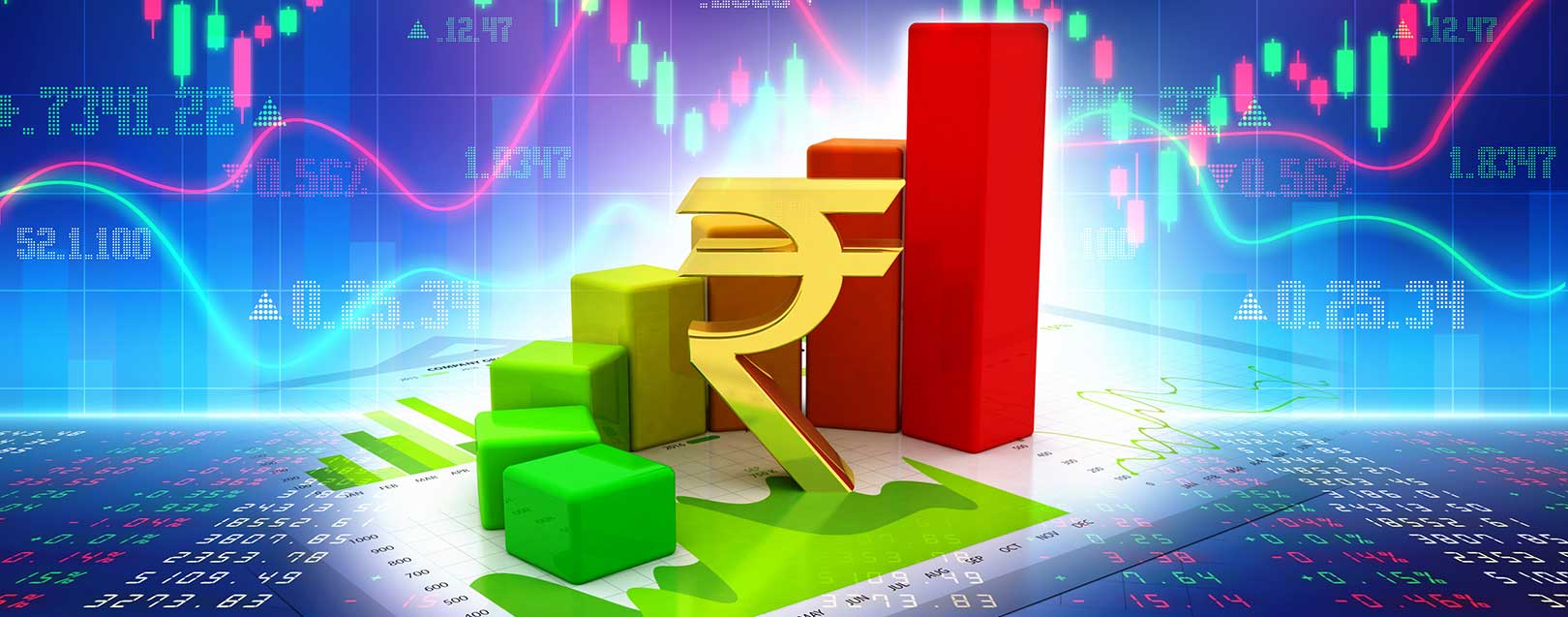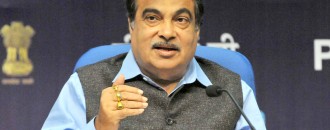
Demonetisation pushes down GDP growth; economy grows 6.1% in Q4
The Dollar Business Bureau
India’s economic growth declined to 6.1% in the last quarter of January-March 2016-17, a four-quarter low, mainly due to adverse impact of demonetisation on economic activity. The GDP growth was 8% the same quarter a year ago.
After taking out indirect taxes, the figures seem to be grimmer. Gross value added (GVA), grew by just 5.6% in the fourth quarter — the lowest in nearly eight quarters, as per the official data released on Wednesday.
GVA is the difference between GDP (gross domestic product) and net indirect taxes.
The impact of note ban was evident in the data, with the growth being mainly supported by government spending and agriculture. In the given quarter, except government spending and agriculture, GVA grew only 3.8%, down from 8.4% in first quarter.
In 2016-17, the GDP growth was 7.1%, lowest in three years. It was 8% in the previous fiscal.
Prime Minister Narendra Modi had announced the demonetisation of Rs.500 and Rs.1,000 notes in November 2016.
The visible impact of slower growth was on private sector, with construction and financial services sectors getting affected.
With the exception of agriculture, almost all the sectors showed deceleration post-demonetisation. While manufacturing industry output slowed to 5.3% in the fourth quarter compared to 12.7% in the same period last year, construction slipped into negative zone, contracting 3.7% from 6% in the same quarter last year. Financing, real estate and professional services increased 2.2% in quarter January-March as compared to 9% in the year-ago period.
Hotels, trade and transport sector growth dropped to 6.5% compared to 12.8% in the same period of last year.
The only figures that recorded an improvement is agriculture which grew 5.2% in the January-March quarter from 1.5% in same quarter last year. In addition, government consumption spending at constant prices has surged to 32% from just 2.4% whereas the private consumption declined to 7.3% from 11.8%.
However, the real investment activities on the ground continue to be muted as indicated from the figures of gross fixed capital formation (GFCF), which dropped to a negative 2.1% in the given quarter compared to 3.9% last year, a major concern for a growing economy.
Now, this is the time for Reserve Bank of India (RBI) to accept the economy’s actual scenario by reviewing its assessment on the impact of note ban. So far, the central bank has maintained that demonetisation isn’t a major concern for growth.
With this setback in 2016-17, experts feel the country’s economy is set to catch momentum in the 2017-18 driven by high demand for investment and consumption that will get lifted by a reduction in interest rate by the RBI.
They believe that the roll-out of the GST from July 1 is also expected to push growth.





